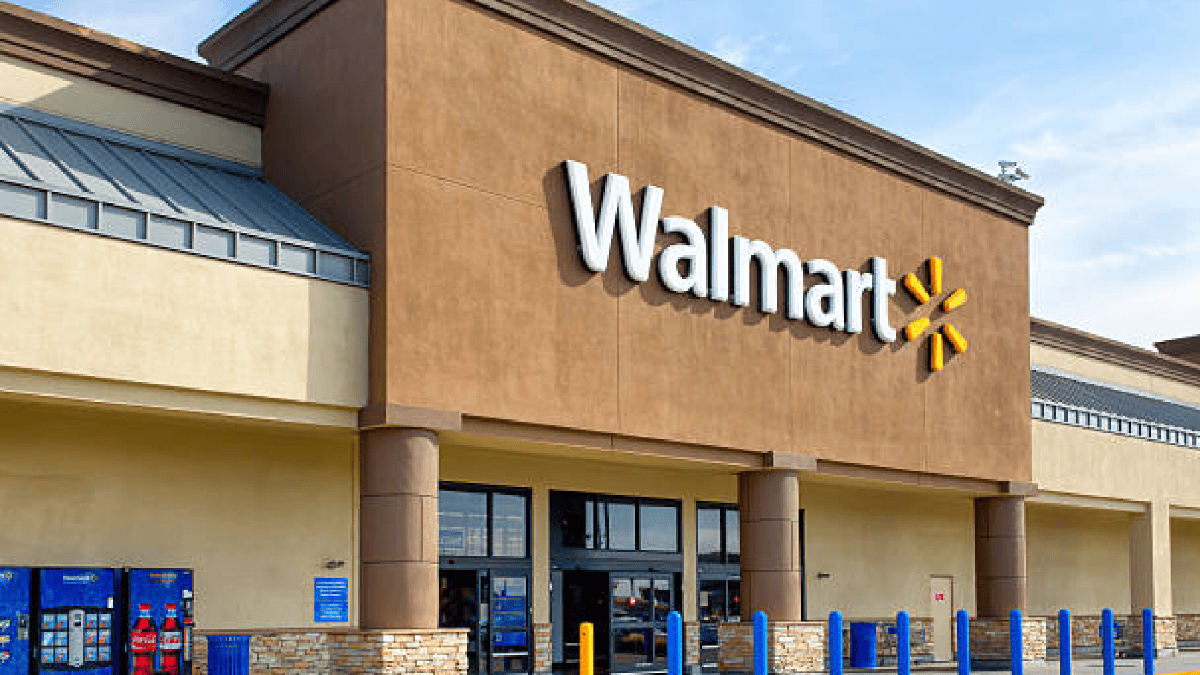This strategic move, a substantial investment aimed at vertical integration, is set to revolutionize how beef reaches hundreds of Walmart stores across the Midwest, promising greater transparency, consistency, and potentially, more competitive prices for American consumers.
The state-of-the-art facility, spanning 300,000 square feet, marks a pivotal moment for Walmart. Traditionally, retailers purchase beef that has already been processed and packaged by third-party suppliers, a system that introduces multiple “middlemen” and additional costs. By taking direct control of the cutting, packaging, and distribution of Angus beef, Walmart aims to eliminate these intermediaries. This direct-to-store model is projected to reduce costs by an estimated 10-15% per pound, savings that could eventually be passed on to shoppers grappling with elevated grocery bills.
A Sustainable Supply Chain from Pasture to Plate
This initiative is a culmination of Walmart’s efforts to build a more resilient and transparent end-to-end supply chain for its Angus beef. The facility will process cuts sourced directly from Sustainable Beef LLC, a Nebraska-based slaughterhouse in which Walmart made an equity investment in 2022. This partnership emphasizes responsible sourcing, with cattle procured from a limited radius of 250 miles to the plant, ensuring traceability and adherence to specific quality standards. This focus not only underpins Walmart’s commitment to quality but also aligns with its broader goal of enhancing its reputation for fresh food.
What This Means for Your Grocery Bill
The timing of Walmart’s investment couldn’t be more critical. The beef and veal market has seen substantial price hikes, with USDA reports indicating an 8.6% rise in May compared to the previous year, and projections of continued increases throughout the year due to tight supplies and strong consumer demand. By streamlining its operations, Walmart is positioned to better mitigate these market pressures.
-
Potential for Cost Savings:
Direct processing means fewer hands in the pot, translating to potential savings that could offer relief at the checkout. -
Enhanced Quality Control:
Owning the processing step allows Walmart to enforce its own rigorous quality standards from farm to store. -
Improved Supply Consistency:
Direct control over a portion of its beef supply chain provides greater security and consistency, reducing reliance on external factors.
Industry experts believe this vertical integration could lift Walmart’s gross margins in its protein division by 0.5% to 1%, a meaningful gain in the typically low-margin retail environment. This strategic maneuver also sets a precedent for competitors, challenging them to consider similar models to maintain cost and quality advantages.
The Future of Fresh Food at Walmart
Walmart’s Olathe beef facility is more than just a processing plant; it’s a statement about the future of grocery retail. It underscores the company’s commitment to investing in U.S.-made and sourced goods, strengthening its supply chain, and ultimately, delivering on its promise of “Everyday Low Prices” even in volatile markets. As beef prices continue to be a concern for many households, Walmart’s bold step to take greater control over its meat supply could prove to be a winning strategy for both the retailer and its customers.







